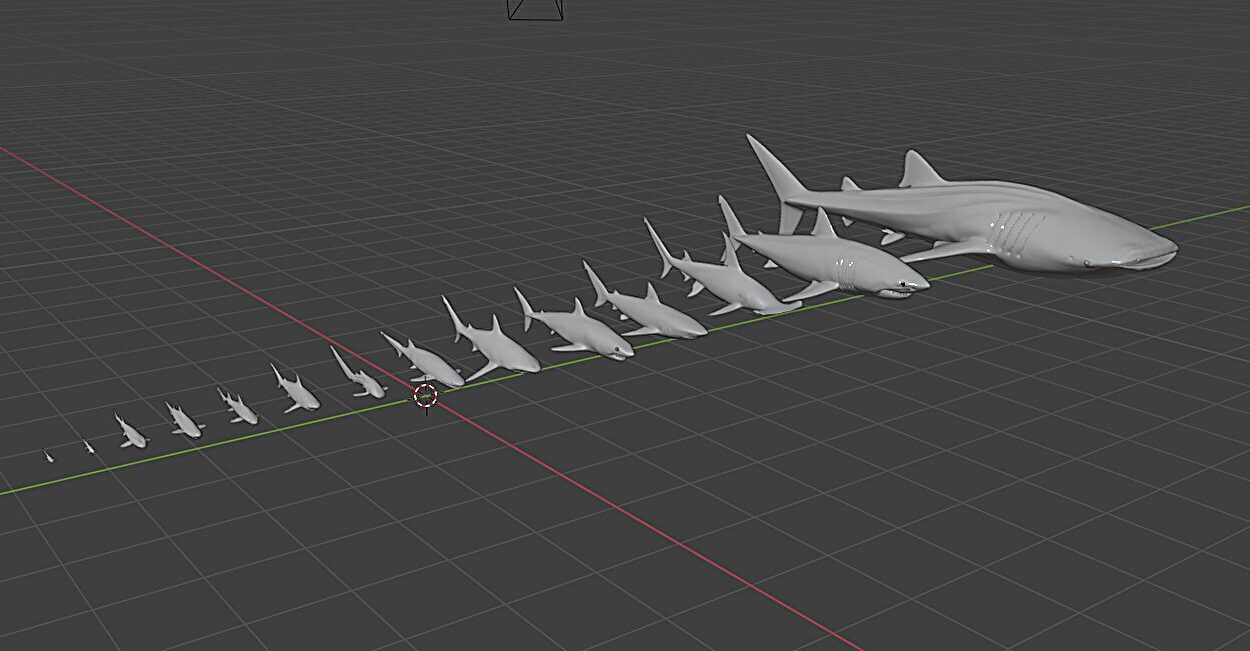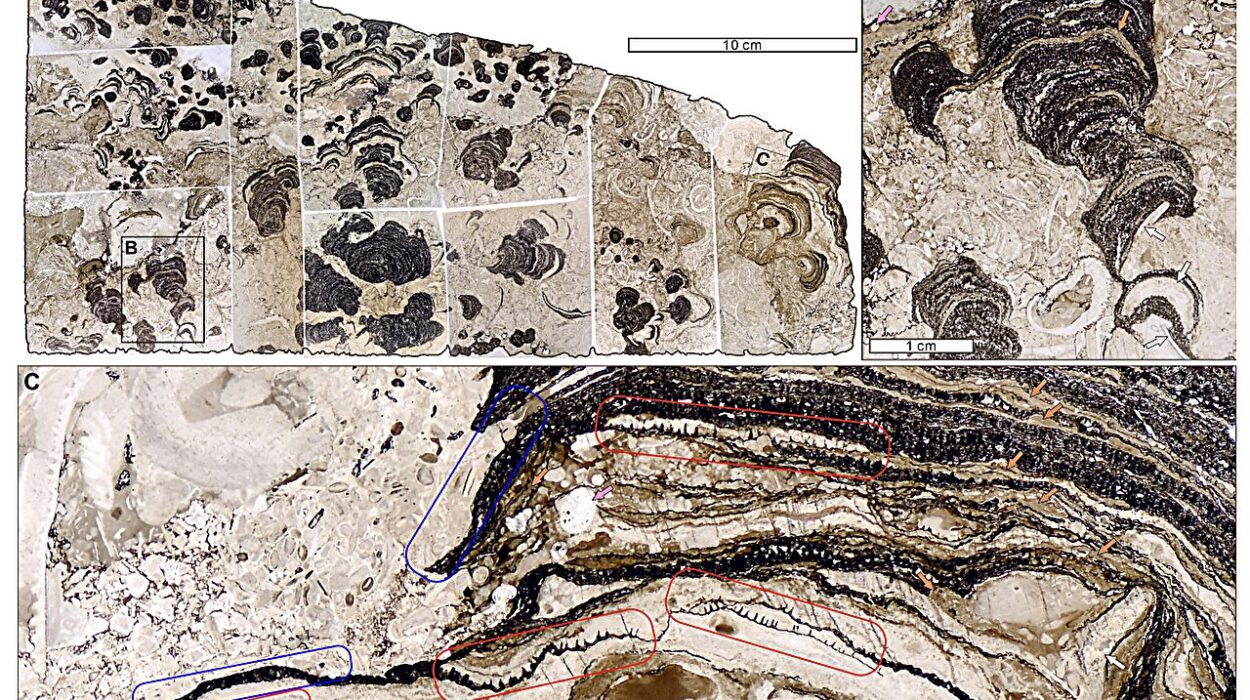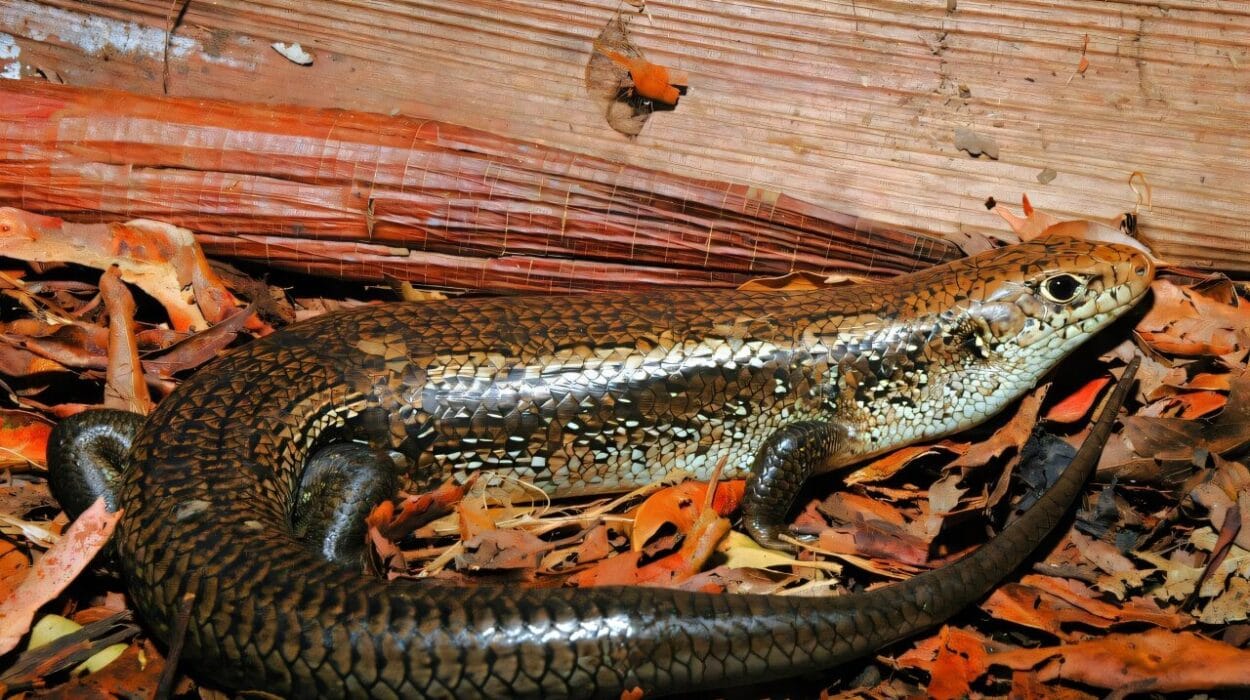Somewhere deep within the Earth, beneath layers of ancient sediment and the hush of passing time, secrets still sleep. They are not the secrets of kings or empires, nor whispers of forgotten wars. These are older—much older. They belong to a world before humanity, before mammals, before flowers bloomed or birds sang. These are the secrets of dinosaurs—creatures that thundered across the planet for over 160 million years, only to vanish in the blink of a geologic eye.
Yet even now, over 66 million years after the last non-avian dinosaurs perished in the cataclysmic K-Pg extinction, we are still uncovering fragments of their existence. Teeth, claws, skulls, feathers—all encased in rock, all speaking of forms we had never imagined. And so a question lingers, both in the minds of scientists and the dreams of children: Are there still undiscovered dinosaurs?
The answer, it turns out, is not only yes—it is almost certainly yes on a scale that defies imagination. To understand why, we must venture into the strange world of deep time, where bones become stone, deserts were once oceans, and the Earth hides its memories in layers.
A Fossil Record of Fragments
Despite what museums may suggest with their towering skeletons and lifelike models, the fossil record is incomplete—painfully, tantalizingly incomplete. For every dinosaur we have discovered, there may be dozens—or even hundreds—that we never will. Fossilization is a rare event, a matter of perfect circumstances. Most organisms decay, are scavenged, or vanish without a trace.
To become a fossil, a dinosaur had to die in just the right place—perhaps a riverbed or muddy lake shore—where sediment could quickly bury its remains. Over millions of years, pressure would replace bone with minerals. Geological shifts would eventually bring it near the surface, where erosion, luck, and the eyes of a trained paleontologist might finally expose it.
Because of this process, entire species could exist without leaving a single trace behind. Fossils are snapshots—moments caught in stone. And for a group as diverse and long-lived as dinosaurs, we have only glimpsed fragments of their full story.
Estimates vary, but many paleontologists believe that we’ve discovered less than 20% of all dinosaur genera that ever lived. Some estimates are even more conservative, suggesting as little as 10%. This isn’t mere speculation—it’s based on mathematical modeling of fossil diversity, extinction rates, and sampling bias.
The Unwritten Chapters
New dinosaur species are being discovered at a rate that has astonished even the most optimistic researchers. In the 1990s, only a handful were described each year. Today, that number has skyrocketed to around 50 or more annually. This pace shows no sign of slowing down. In fact, many paleontologists now believe we are in a golden age of dinosaur discovery.
Some of the most astonishing finds have come not from brand-new technologies, but from previously unexplored regions of the world. Mongolia’s Gobi Desert, Argentina’s badlands, Madagascar’s isolated plateaus, and the red rocks of China have all yielded stunning new species. And yet, vast areas of the Earth remain largely untapped—places like central Africa, Southeast Asia, and even remote regions of Australia, where thick vegetation, political instability, or lack of funding have kept exploration to a minimum.
It’s not just geography that holds promise. New methods of fossil extraction, advanced CT scanning, and sophisticated analytical tools have allowed scientists to re-examine old fossils with fresh eyes. Bones that once gathered dust in museum drawers are revealing new species and even entire lineages once thought extinct.
Each new discovery isn’t just a name on a list. It’s a window into a world that no longer exists—into behaviors, ecologies, and evolutionary paths that expand our understanding of life on Earth.
Ghost Lineages and Missing Links
One of the most compelling arguments for undiscovered dinosaurs comes from what scientists call “ghost lineages.” These are inferred evolutionary branches—species that must have existed because of known ancestors and descendants, yet have left no fossil evidence (yet). It’s a bit like finding two ends of a rope and knowing there must have been something connecting them.
For example, early theropods and birds are well-documented in the fossil record, but there are large gaps in their evolutionary transitions. The same is true for many herbivorous groups like ornithopods and hadrosaurs. If these missing forms existed—and the evolutionary evidence says they must have—then their fossils are waiting to be found.
These ghost lineages remind us that the dinosaur family tree is full of invisible branches. Some may remain hidden forever, lost to erosion or buried too deeply to reach. But others may lie just beneath the surface, waiting for the right storm, the right landslide, or the right pair of hands to bring them into the light.
Dinosaurs in Disguise
One of the greatest surprises in paleontology over the last few decades has been the realization that not all dinosaurs are extinct. Birds—our chirping backyard companions—are, in fact, living dinosaurs. This isn’t poetic metaphor. It’s scientific consensus.
Birds evolved from a group of small, feathered theropods in the Late Jurassic, and they retain many dinosaurian features: hollow bones, wishbones, beaks, and even claws in embryonic stages. The transition wasn’t sudden, nor did it involve a single species. It was gradual, complex, and full of evolutionary experimentation.
Because of this lineage, some scientists argue that every undiscovered bird species is technically an undiscovered dinosaur. And there are many such species. Even today, ornithologists are cataloging new birds—especially in tropical forests and remote islands. Could a few of them hold unexpected evolutionary clues, bridging even more gaps between ancient and modern dinosaurs?
Moreover, some of the most mysterious fossil finds blur the line between bird and non-avian dinosaur. Creatures like Archaeopteryx, Microraptor, and Anchiornis showcase feathers, flight-like anatomy, and strange combinations of traits that defy traditional classification.
These “dinosaurs in disguise” suggest that our very categories might be incomplete. We may already be looking at undiscovered dinosaur relatives—we just haven’t fully realized what they are yet.
Cryptozoology and the Lure of the Living Dinosaur
Of course, when most people ask whether dinosaurs remain undiscovered, they often mean something more dramatic: Could there still be living dinosaurs, hidden in remote jungles or the ocean depths?
The idea has fueled countless myths, documentaries, and conspiracy theories. From the legendary Mokele-mbembe in the Congo Basin—described as a sauropod-like creature lurking in swamps—to supposed pterosaur sightings in Papua New Guinea, these tales blend cultural folklore with a yearning for mystery.
Scientifically, there is no credible evidence that non-avian dinosaurs survived the mass extinction event 66 million years ago. The fossil record shows a sharp, worldwide cutoff. Not a single non-avian dinosaur fossil is found in rocks younger than the K-Pg boundary.
Biologically, such creatures would need to sustain viable breeding populations for millions of years without leaving any fossil, scat, skeleton, or ecological trace—an improbable scenario given the size and dietary needs of most dinosaurs.
Yet the persistence of these stories speaks to a deep human desire—a longing for lost worlds, for ancient titans to still roam among us. And while these accounts don’t hold up to scientific scrutiny, they reflect the same sense of wonder that drives real paleontology: the belief that there is still so much we don’t know.
The Role of Climate and Catastrophe
Understanding what dinosaurs we haven’t found also involves understanding what might have prevented their preservation. Climate, geology, and catastrophe all shape the fossil record.
During the age of dinosaurs, Earth underwent massive transformations. Continents drifted. Oceans expanded and receded. Volcanoes erupted. Asteroids collided. Whole ecosystems bloomed and vanished. These changes influenced where dinosaurs lived—and where they might be fossilized.
In arid or mountainous regions, fossils are less likely to form or be preserved. In acidic soils, bone breaks down rapidly. In tectonically active zones, fossils may be destroyed before discovery. Thus, large swaths of dinosaur biodiversity may be missing simply because the world conspired to erase them.
Even mass extinction events themselves distort the record. The Chicxulub impact 66 million years ago wiped out roughly 75% of life on Earth, including all non-avian dinosaurs. But the period leading up to it—the final 10 million years of the Cretaceous—is poorly represented in fossils. Some researchers call it the “Three Mile Gap,” a darkened window where much might have happened, unseen.
Were new species evolving in those final days? Were older ones in decline? Did some strange, transitional forms arise just before the end? Without fossils, we can only speculate. But every newly uncovered tooth or toe bone brings us closer to answers.
Digging into the Future
As our technologies advance, so too does our ability to detect the undetected. Ground-penetrating radar, satellite imaging, and artificial intelligence are revolutionizing the way we find and interpret fossils. Drone surveys can identify erosion patterns indicative of fossil beds. Algorithms can predict where undiscovered species might lie based on geological data and known fossil distributions.
New scanning techniques, such as synchrotron imaging and micro-CT, allow us to look inside fossils without destroying them. Hidden structures—blood vessels, growth rings, even possible remnants of proteins—are revealing details of growth, behavior, and evolution that once seemed impossible.
Paleogenomics, though still in its infancy for deep time, is beginning to explore how genetic information from modern birds can be used to reconstruct the genomes of their dinosaur ancestors. We may never recover full dinosaur DNA, as popularized by fiction, but genetic shadows can still whisper secrets across eons.
And perhaps most importantly, a new generation of paleontologists is rising—more diverse, more global, and more interdisciplinary than ever before. With increasing international collaboration and more equitable funding, fossil exploration is expanding into regions once overlooked. The world is being rediscovered, and with it, its ancient past.
The Eternal Allure
So, are there still undiscovered dinosaurs?
The answer is not just a cautious yes—it is a resounding affirmation shouted from the bones of the Earth itself. Dinosaurs were not a single species, but an empire of evolution: titanic and tiny, horned and feathered, runners and swimmers and flyers, rulers of every continent for millions of years. That such a diverse kingdom should leave only partial traces behind is not surprising—it is inevitable.
What we’ve found so far is extraordinary. But it is only the beginning. The Earth is vast, and time is deep. In every unexplored canyon, every wind-carved desert, every unearthed stone lies the potential for another chapter—a chapter still waiting to be read.
Even now, some unsuspecting rock may conceal the skull of a dinosaur no one has ever seen. Perhaps it bore crests like sails or feathers like fire. Perhaps it danced to attract a mate or stalked in silence through alien forests. Perhaps it was the last of its kind, witnessing the twilight of a vanished world.
We may never find them all. But we will keep looking. Because the story of the dinosaurs is, in many ways, the story of life’s possibility. And as long as we keep asking questions, as long as we keep digging—both in the ground and in our minds—there will always be something left to discover.






